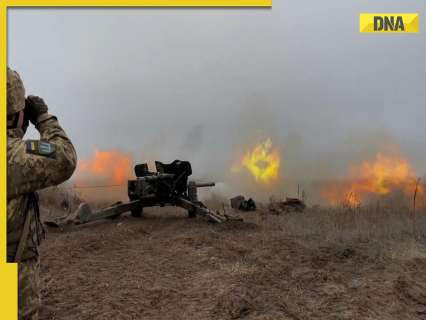NEW YORK (AP) — For roughly six minutes, Jordan Neely was pinned to a subway floor in a chokehold that ended with him lying still. But that's not what killed him, a forensic pathologist testified Thursday in defense of the military-trained commuter charged with killing Neely . Dr.
Satish Chundru disputed a New York City medical examiner's determination that Daniel Penny’s chokehold killed Neely, who was behaving erratically on a subway the two men were riding. Penny's defense says that he acted to protect frightened passengers and was trying only to restrain Neely, not to kill him. The white Marine veteran's reaction to Neely, who was Black, homeless and mentally ill, has become a flashpoint in national divides over race, urban life and the boundary between self-defense and vigilantism.
Penny's lawyers have argued throughout the trial that his pressure on Neely's neck wasn't sufficient and consistent enough to be lethal. The attorneys brought Chundru to the witness stand to shed light on their argument. He told jurors that Neely's medical records and bystander video don't show telltale signs of known types of fatal chokeholds.
Among the discrepancies, he said: the location and extent of bruising on Neely's neck, and the small amount of petechiae — small red spots caused by subsurface bleeding — on his eyelids. “In your opinion, did Mr. Penny choke Mr.
Neely to death?" defense lawyer Steven Raiser asked. “No,” replied Chundru, who has worked as a medical examiner.


















